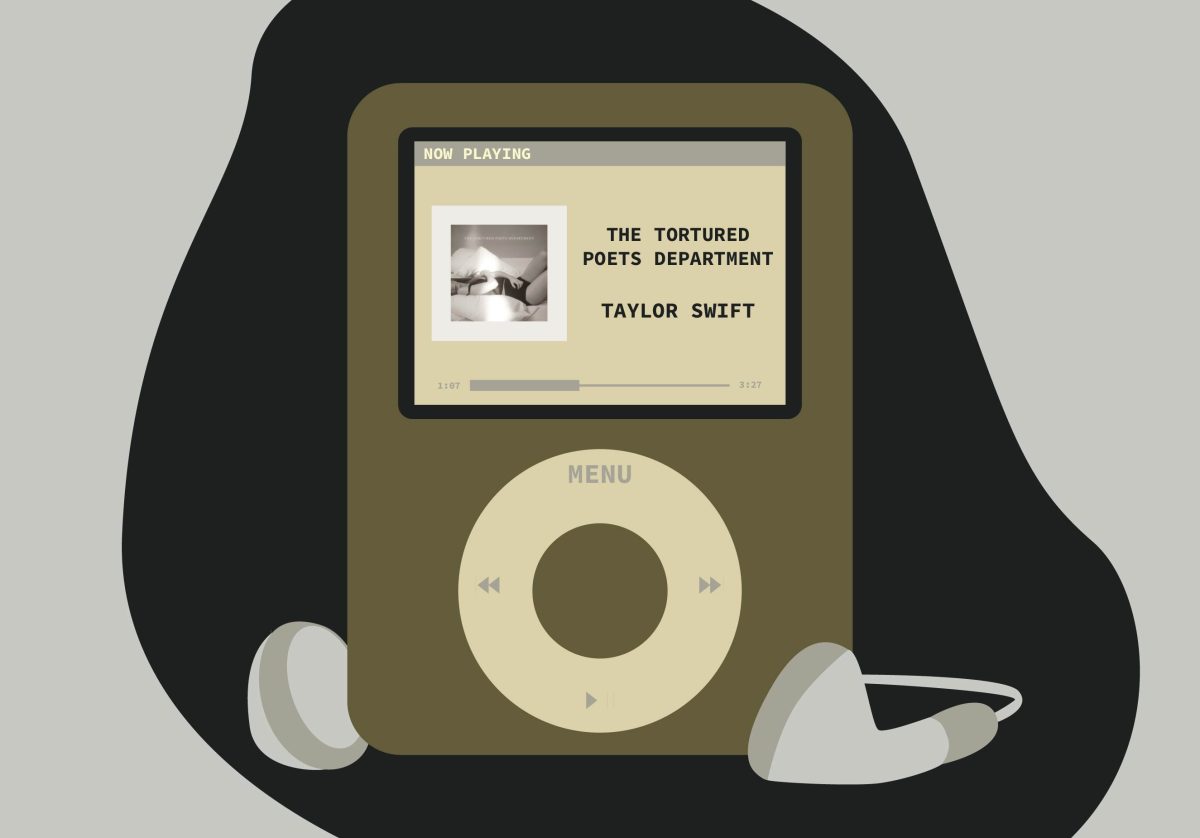Eight musicians, aged 18 to 54, sit in a semicircle playing leather-cased bamboo flutes called atenteben.
The sound of the atenteben resonates deep in the eardrums, creating eerie echoes in a variety of harmonies. The ensemble members also play xylophones, called gyil, ranging in size and hailing from northwest Ghana. The gyil are made of shea butter trees, gourds and antelope hides.
These instruments are international. But it’s creating music with them that’s foreign to many students in the African music ensemble.
“Relationships within the music are different,” said ensemble director Sowah Mensah. “In Western music they think about a time signature. We think about a timeline.”
This African music ensemble is a year and a half old, and while it is still small, membership is open to the entire University regardless of major, experience, age or affiliation.
But all the musicians have one thing in common: They are all white.
“It doesn’t matter to me. This is America and this is Minnesota; you can’t expect too many people with an African background to show up,” Mensah said.
Some ensemble members are music students. One is an associate professor in the school of social work. Another is a chemistry graduate student and another is a first-year student.
“Everybody can learn to play this music,” Mensah said. “I just want the students to try it out and participate in it.”
Mensah first came to the United States from Ghana in 1985 after playing music at an early age and attending college. He has been teaching college-level students for 25 years. His first ensemble, in fact, was at the University in the 1980s and lasted three years.
The first ensemble grew to 25 members. Despite a lack of prerequisites required to join the group, the present ensemble’s small size “does not surprise” Mensah at all, he said. “It will take time” for the number to grow, he said. He directs similar ensembles at the University of St. Thomas and Macalester College in St. Paul.
Mensah modestly said he teaches music “to share the little that I know.” But there are roadblocks to teaching students of the Western world how to hear and play African music.
“The theory, meter and time is different from Western music,” he said. The students also have to learn how to pronounce unfamiliar words and syllables.
“The more open-minded a student is, the faster they learn and the better the music is,” Mensah said.
Ensemble members are big fans of Mensah’s way of thinking and teaching.
“It’s a great way to make music without being stuck in notes on a page,” said Lori Snook, a music therapy senior.
Some use the music as an escape and a way to experience something out of the ordinary and broaden their horizons.
“It’s totally different than anything else I do in my day,” said Carla Merkow, a music education senior. “It provides a different style of expression.”
















